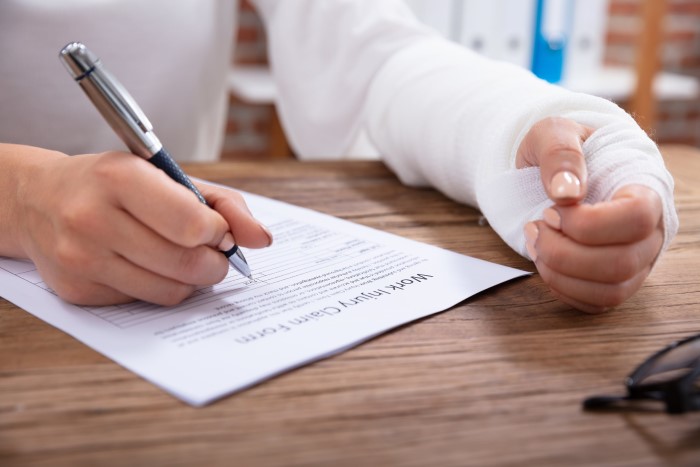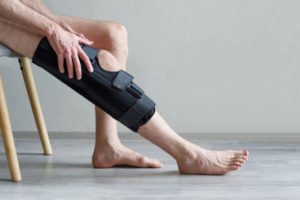
Personal Injury
If you have been injured due to someone else’s negligence, you may have the right to file a personal injury lawsuit. However, to win your case, you must prove that the other party is liable for your injuries. This requires presenting proper evidence and meeting the burden of proof. In this article, we will discuss the evidence required to prove liability in personal injury cases and the burden of proof that must be met.
Understanding Liability in Personal Injury Cases
Before we dive into the evidence and burden of proof required in personal injury cases, it is important to understand what liability means in this context.
Definition of Liability
In personal injury cases, liability refers to the legal responsibility of a party for causing the injury or damage. If the other party is found liable, they may be required to compensate the injured party for their losses.
Types of Liability
There are several types of liability that may be applicable in a personal injury case:
- Negligence – this is the most common type of liability in personal injury cases. It refers to a failure to exercise reasonable care, resulting in harm to another person.
- Strict liability – this type of liability may apply in cases involving dangerous or defective products or activities.
- Intentional misconduct – this type of liability may apply in cases where the other party intentionally caused harm to the injured party.
Evidence Required to Prove Liability in Personal Injury Cases
To prove liability in a personal injury case, you must present evidence that shows the other party was at fault. This evidence may include:
Types of Evidence
- Eyewitness testimony – if there were witnesses to the accident, their testimony can be valuable evidence.
- Physical evidence – this includes any physical evidence such as photographs, video footage, or damaged property.
- Medical records – if you were injured, your medical records can provide evidence of the extent of your injuries and the treatment you received.
- Expert testimony – in some cases, expert testimony may be necessary to establish liability. For example, an accident reconstruction expert may be able to provide insight into how the accident occurred.
Importance of Evidence
The evidence you present can make or break your case. It is important to gather as much evidence as possible to support your claim. Without proper evidence, it may be difficult to prove liability and win your case.
Burden of Proof in Personal Injury Cases
In addition to presenting proper evidence, you must also meet the burden of proof in a personal injury case.
Definition of Burden of Proof
The burden of proof refers to the legal obligation of the plaintiff to prove their case. In personal injury cases, the burden of proof requires the plaintiff to show that the other party was negligent or engaged in intentional misconduct that caused their injuries.
Types of Burden of Proof
There are different types of burden of proof that may apply in personal injury cases:
- Preponderance of the evidence – this is the most common burden of proof in personal injury cases. It requires the plaintiff to show that it is more likely than not that the other party was at fault.
- Clear and convincing evidence – this burden of proof is higher than preponderance of the evidence and requires the plaintiff to provide strong evidence to support their claim.
- Beyond a reasonable doubt – this burden of proof is the highest and is typically used in criminal cases. It requires the plaintiff to prove their case to an almost absolute certainty.
Strategies for Proving Liability in Personal Injury Cases
To increase your chances of winning a personal injury case, you need to have a solid strategy for proving liability. Here are some strategies that may be effective:
Investigative Strategies
- Document the scene – if you are able, take photos or video of the scene of the accident. This can provide valuable evidence later on.
- Obtain witness statements – if there were witnesses to the accident, get their contact information and ask them to provide a statement.
- Gather medical records – obtain copies of your medical records to show the extent of your injuries.
- Hire an investigator – a professional investigator may be able to gather additional evidence that can support your claim.
Litigation Strategies
- File a lawsuit promptly – there is a statute of limitations for filing a personal injury lawsuit, so it is important to file as soon as possible.
- Hire an experienced personal injury lawyer – a lawyer can help you navigate the legal process and build a strong case.
- Negotiate a settlement – in some cases, it may be possible to negotiate a settlement with the other party before going to trial.
- Prepare for trial – if your case goes to trial, make sure you are fully prepared and have all the necessary evidence and witnesses.
Proving liability in a personal injury case requires presenting proper evidence and meeting the burden of proof. It is important to gather as much evidence as possible and work with an experienced personal injury lawyer to build a strong case. With the right strategies and evidence, you may be able to win compensation for your injuries and losses.
If you need help with a personal injury case, Crantford Meehan personal injury law firm can assist you. Our experienced lawyers can guide you through the legal process and help you win your case. Contact us today for a free consultation.







